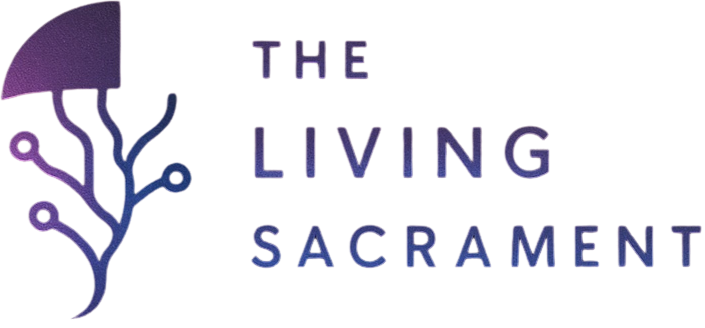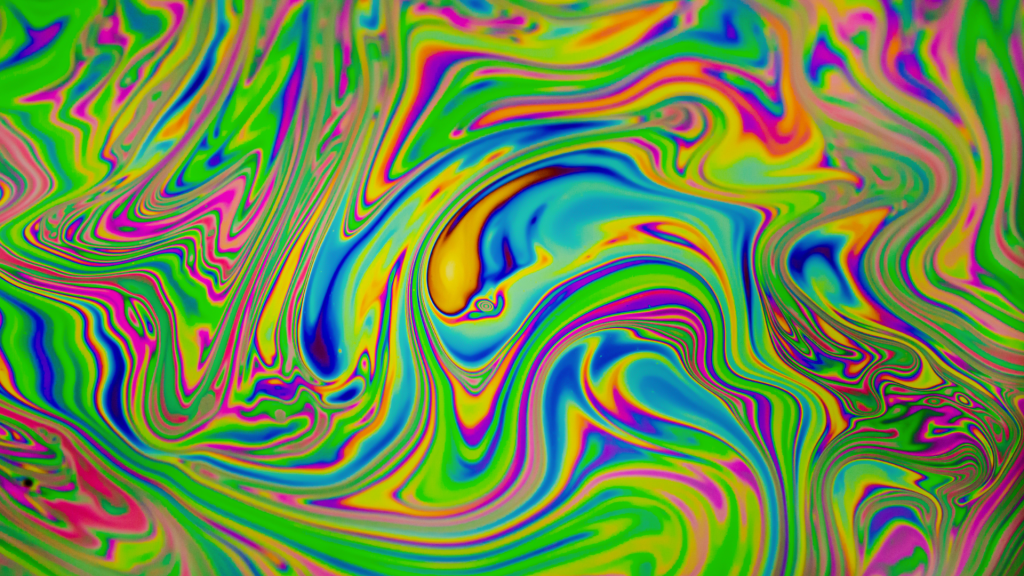The word psychedelics might bring up a mix of images, tie-dye shirts, swirling colors, and people talking about “expanding their minds.” But today, psychedelics are back in serious conversations for a different reason: science is taking them seriously again.
These substances have gone from underground experiments to legitimate clinical studies, showing potential for treating depression, PTSD, and addiction. Still, most people don’t really know what counts as a psychedelic or how they actually work. So let’s break it down in plain language.
What Are Psychedelics?
The term psychedelic comes from the Greek words psyche (mind) and deloun (to reveal), which literally means “mind-revealing.” That’s a poetic way to describe what these substances do, they open doors in the mind that are usually closed.
Scientifically speaking, psychedelics are substances that change perception, mood, and cognition by acting on serotonin receptors, especially one called 5-HT2A. They alter how brain networks communicate, leading to vivid visuals, emotional insights, and a different sense of self.
If that sounds abstract, think of it like this: psychedelics temporarily loosen the filters your brain uses to organize reality. That’s why things can look, sound, and feel completely new during a trip.
“Psychedelics don’t make you see new things, they help you see the same things differently.”
Types of Psychedelics
There are quite a few psychedelics, both natural and synthetic. Most of them fall into two main groups: classic psychedelics and empathogens. Classic psychedelics are what people usually think of when they hear the term, they’re the ones that bend reality. Empathogens are a little different; they boost mood and empathy more than visuals.
Here’s a quick guide to the main ones.
LSD (Lysergic Acid Diethylamide)
Discovered in 1938 by Swiss chemist Albert Hofmann, LSD is one of the most potent psychedelics known. It can turn a few micrograms into a full-on reality remix. Colors intensify, thoughts spiral, and time gets weird. A trip lasts about 8 to 12 hours.
It doesn’t create hallucinations from scratch, it twists the ones you already have. People often say they feel connected to everything around them.
Psilocybin (Magic Mushrooms)
Found naturally in over 180 mushroom species, psilocybin is one of the oldest psychedelics on record. Once ingested, it converts into psilocin, which changes serotonin activity in the brain.
Trips usually last 4 to 6 hours, and the experience can range from gentle introspection to full cosmic exploration. I’ve heard people describe it as “therapy from the inside out.”
DMT (Dimethyltryptamine)
This one’s wild. DMT is a natural compound found in certain plants, animals, and even small amounts in humans. It’s the main ingredient in ayahuasca, a traditional Amazonian brew used in spiritual ceremonies.
When smoked or vaped, the effects come on fast and vanish within minutes. Many describe it as entering another dimension, filled with geometric shapes or “entities.”
“A DMT trip feels like being shot out of a cannon straight into the universe.”
Mescaline (Peyote and San Pedro Cactus)
Mescaline is the active compound in peyote and San Pedro cacti, used for centuries by Native American tribes. The effects are colorful, emotional, and spiritual, lasting up to 10 hours.
Unlike LSD, mescaline feels warmer and more grounded, often focusing on connection and gratitude.
MDMA (Ecstasy or Molly)
Technically, MDMA isn’t a “classic” psychedelic, it’s an empathogen. Instead of creating intense visuals, it increases empathy, openness, and emotional connection. That’s why it’s being studied for PTSD and relationship therapy.
MDMA makes people feel safe enough to confront trauma without being overwhelmed. A typical session lasts 4 to 6 hours.
Ketamine
Ketamine is a dissociative psychedelic, it separates the mind from the body rather than blending everything together. It started as an anesthetic but now it’s used in mental health clinics to treat severe depression.
Low doses make you feel detached and dreamy, while higher doses can lead to out-of-body experiences. The trip lasts 30 to 90 minutes, and the antidepressant effects can stick around for days.
Ayahuasca
Ayahuasca is a traditional brew combining DMT-rich plants with vines that make the DMT active when swallowed. It’s used in South American shamanic rituals and has found modern popularity among people seeking emotional healing or spiritual awakening.
An ayahuasca session can last 4 to 8 hours, and it’s often deeply emotional. People describe it as confronting their fears or “meeting their true self.”
Mesmerizing but Natural: Other Psychedelics
There are also lesser-known substances like Salvia divinorum, which lasts only a few minutes but completely bends reality, and 2C-B, a synthetic psychedelic known for being more playful and visual than introspective.
How Psychedelics Affect the Brain
Psychedelics work by temporarily reorganizing brain networks. Normally, your brain runs on predictable loops, useful for survival but limiting for creativity. Under psychedelics, those loops loosen up, and regions that don’t usually “talk” to each other start connecting.
That’s why people report feeling more creative or seeing patterns everywhere. The brain is literally rewiring how it processes information in real time.
Modern imaging studies show that psychedelics reduce activity in the default mode network, the part responsible for your sense of self and constant inner chatter. When it quiets down, people often experience “ego dissolution”, a sense that they’re part of something bigger.
Why People Use Psychedelics
Historically, psychedelics were used in rituals for healing, insight, and connection. Today, those same goals are resurfacing in clinical settings. Research shows psychedelics may help with:
- Depression and anxiety
- PTSD and trauma
- Addiction
- End-of-life distress
- Creative or personal growth
I’ve heard people say their trip didn’t just make them “feel better”, it changed how they viewed their problems entirely. That’s what makes psychedelics unique: they don’t just treat symptoms, they can shift perspective.
Are Psychedelics Safe?
In controlled environments, psychedelics are considered physiologically safe and non-addictive. But the psychological effects can be intense. “Bad trips” usually happen when someone takes too much, is in an unsafe setting, or has unresolved emotional baggage.
The key is preparation and support. That’s why clinical studies always include therapists or guides to help participants navigate the experience.
“Set and setting aren’t buzzwords, they’re the foundation of a safe trip.”
Outside those conditions, psychedelics can still be unpredictable. So even though they’re promising tools, they’re not toys.
What Are Psychedelics?
Psychedelics are substances that alter perception, mood, and thought by changing brain communication patterns, especially those linked to serotonin. They include compounds like LSD, psilocybin, DMT, mescaline, MDMA, ketamine, and ayahuasca.
They can expand awareness, heighten emotion, and occasionally spark life-changing insights, but they also demand respect.
Final Thoughts
Psychedelics are having a comeback for a reason. They’re powerful, unpredictable, and deeply human in the way they connect us to our emotions and the world around us. They won’t make you superhuman, but they might remind you how much of that potential you already had.
Whether it’s psilocybin therapy for depression or a mindful ayahuasca journey in the jungle, psychedelics are showing that the mind is still the most fascinating frontier we’ve got.
Sources
Verywell Mind – Psychedelic Drugs: Types, Uses, and Effects
ScienceDirect B. Kelmendi et. la. 2021– Psychedelics: Overview

